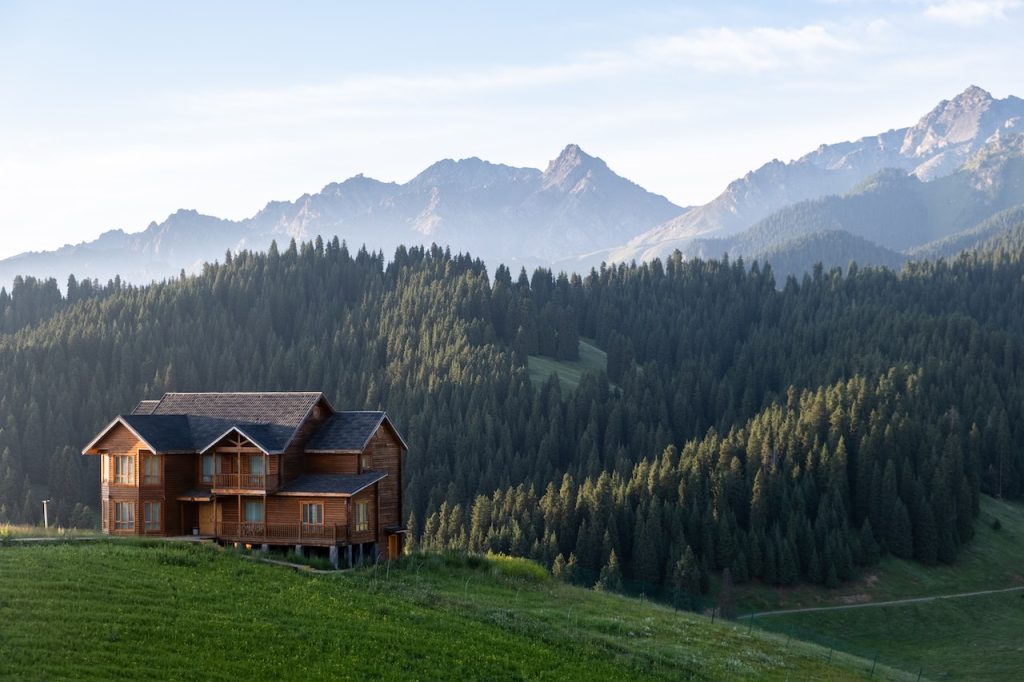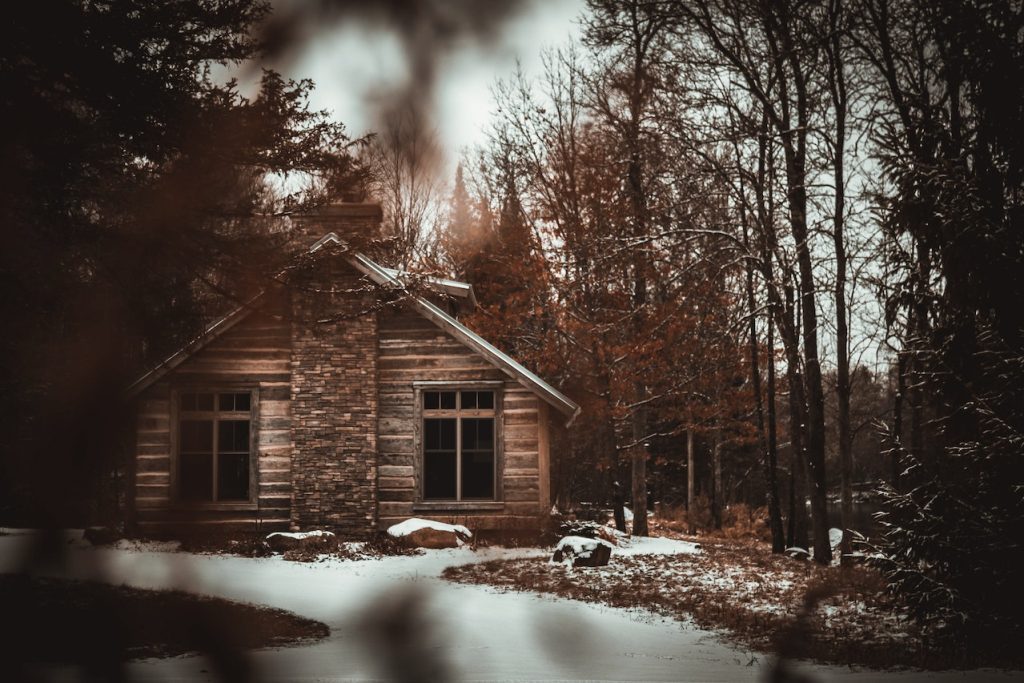Ah, off-grid living. It sounds like the adventure of a lifetime, doesn’t it? Can you imagine a life without the constant hum of the city, surrounded by nature, and relying solely on the earth and your wit for your every need? Before diving headfirst into this brave new world, there’s the tiny matter of your off-grid home. How do you construct a dwelling that thrives off the grid?
Why Consider Off-Grid Living?
In a world growing more connected by the second, why would someone want to disconnect? Well:
- Freedom from Utilities: Skip those monthly bills.
- Close to Nature: Your backyard is the vast, wild expanse.
- Reduced Carbon Footprint: Give Mother Earth a break.
- Self-Sufficiency: Discover skills you never knew you had!
Don’t you just love the idea of leaving behind the urban hustle?
Foundation: Not Just Concrete and Bricks
When we think of building, our minds often jump straight to bricks, wood, or concrete. But in off-grid living, the foundation is also about location:
- Climate Considerations: Is the area prone to extreme temperatures?
- Accessibility: How will you get materials there?
- Water Source: You’ll need fresh water close by.
Ever heard the saying, “location, location, location”? It wasn’t kidding.
Materials: Going Green and Sustainable
Off-grid homes often champion eco-friendly materials. But what’s out there?
- Bamboo: Strong, fast-growing, and biodegradable.
- Rammed Earth: Think walls made from compacted soil. Cool, huh?
- Recycled Materials: Give old items a new lease on life.
Isn’t it mind-boggling how old can become gold in the right hands?
Energy: Where’s the Power?
“Off-grid” doesn’t mean “no power.” But where does this energy come from?
- Solar Panels: Convert sunshine into electricity. A no-brainer in sunny locales.
- Wind Turbines: Harness the power of the wind. Ideal for windy plains or coastal areas.
- Hydro Power: Use the force of flowing water. Perfect if you have a stream or river nearby.
Ever thought about the power of nature at your fingertips?
Water Systems: More Than Just a Well
Water is life. So how do we ensure a constant supply?
- Rainwater Harvesting: Catch and store rain for later use.
- Natural Springs: Nature’s own water supply.
- Greywater Systems: Recycle and reuse household wastewater.
Remember the idiom, “You never miss the water till the well runs dry”? In off-grid living, you ensure the well never runs dry.
Insulation: Not Just for Warmth
Insulation does more than keep you warm:
- Regulates Internal Temperatures: Keeps interiors comfortable year-round.
- Energy Efficiency: Reduces the need for external heating or cooling.
- Noise Reduction: Yes, nature can get loud!
Have you ever wrapped yourself in a warm blanket on a cold night? That’s insulation for you!
Waste Management: The Circle of Life
Waste isn’t wasted in the off-grid world. It’s repurposed:
- Composting Toilets: Turn human waste into compost for plants.
- Biogas Units: Convert organic waste into cooking gas.
- Recycling: Repurpose or reuse materials rather than discarding.
Have you ever thought of your waste as a potential resource? Time to start!
Flexibility and Adaptability
Building an off-grid home isn’t just about following a set blueprint. It’s about:
- Customization: Tailor your home to your needs and the environment’s demands.
- Learning from Mistakes: Adapt and modify as you go along.
- Continuous Improvement: The journey doesn’t end once the house is built.
Flexibility is the name of the game, and adaptability its trusty sidekick.
Integrating with Nature
Last but not least:
- Permaculture Principles: Design a home that works in harmony with nature.
- Native Plants: Use plants local to the area for landscaping and farming.
- Wildlife Considerations: Ensure your home is a friend, not a foe, to local wildlife.
For isn’t the dream of off-grid living deeply rooted in co-existing with nature?
Key Takeaway
Building an off-grid home is not just about bricks, mortar, or even sustainability. It’s an intimate dance with nature, a testament to human ingenuity, and a journey of discovery. With the right techniques, materials, and mindset, this journey can be both fulfilling and transformative. Are you ready to embark on this incredible adventure? The wilderness awaits.



